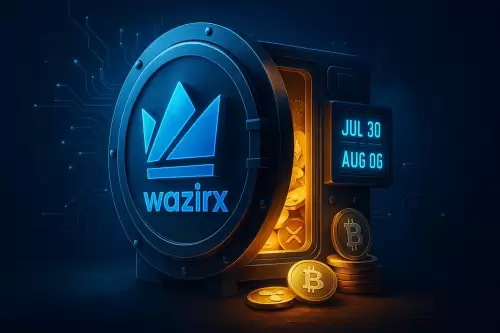Unpacking the dangers of death spirals and liquidity exhaustion in altcoins, and how market makers navigate this with delta neutrality strategies.

Ever feel like you're watching a slow-motion train wreck in the crypto markets? That's often the feeling when words like 'death spiral,' 'liquidity exhaustion,' and 'delta neutrality' start getting thrown around. Let's break down these concepts and see how they're shaping the altcoin landscape.
The Perilous Path: Death Spirals and Liquidity Exhaustion
Imagine a token steadily declining in value, triggering a mass exodus of investors. This is essentially the nightmare scenario of a death spiral. Recent examples, like the struggles of Pi Coin, highlight this risk. Despite broader market rallies, Pi Coin has faced relentless selling pressure, with the Chaikin Money Flow (CMF) indicating record outflows. When investors lose faith and liquidity dries up, even a potentially bullish pattern like a descending wedge can fail to provide support. It’s a crypto freefall, and nobody wants to be left holding the bag.
Delta Neutrality: The Market Maker's Tightrope Walk
So, how do market makers (MMs) navigate this volatile terrain? The key is often a strategy called 'delta neutrality.' In essence, MMs aim to eliminate directional risk by hedging their positions. As @agintender insightfully points out, MMs operating under a call option model often prioritize selling tokens immediately upon receipt. Why? Because their goal isn't to bet on the token's future success but to profit from market-making activities themselves.
Delta neutrality ensures that the MM's profit isn't tied to whether the token goes up or down. They achieve this through a combination of spot trading, perpetual contracts, and options. The initial token sell-off provides the USDT needed for market-making obligations and hedges against potential price drops. Continuous dynamic hedging and gamma scalping further refine this strategy, allowing them to profit from volatility while remaining risk-neutral.
The Call Option Conundrum: A Closer Look
The call option model, while seemingly beneficial for projects seeking liquidity, presents a unique set of incentives for MMs. They receive tokens upfront with the *option* to buy more at predetermined strike prices if the token appreciates. However, the limited upside for the MM—they can only buy back tokens at a capped price—combined with the pressure to generate immediate USDT, often leads to that initial sell-off. As @agintender puts it,
Disclaimer:info@kdj.com
The information provided is not trading advice. kdj.com does not assume any responsibility for any investments made based on the information provided in this article. Cryptocurrencies are highly volatile and it is highly recommended that you invest with caution after thorough research!
If you believe that the content used on this website infringes your copyright, please contact us immediately (info@kdj.com) and we will delete it promptly.














































































